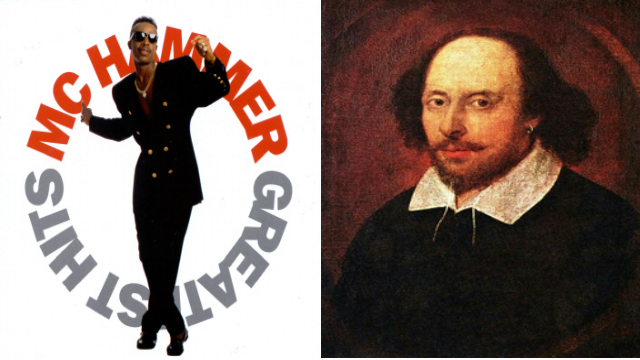Made in America: How Immigrants Are Driving U.S. Innovation

What is the Big Idea?
A new study released on Tuesday shows that immigrants play a leading role in innovation and economic growth in the United States. “Patent Pending: How Immigrants Are Reinventing The American Economy”, a report authored by Partnership for a New American Economy, details the ways in which foreign-born innovators are changing the American economy.
“From more efficient ways to purify seawater to metals that can be molded like plastic, the report highlights several immigrant inventors behind some of the most cutting-edge technologies,” they write. “These foreign-born inventors are fueling patent awards at the top patent-producing universities, and their new innovations and new companies are advancing American industries and creating American jobs.”
Key findings of the report include:
What is the Significance?
These findings were released in conjunction with a letter signed by more than 100 presidents of top American universities asking Obama and Congress for a solution that paves a clear path to a green card for graduates.
“This is indisputable proof of the enormous contribution of immigrants in developing the new technologies and ideas needed to renew the U.S. economy and create American jobs,” said Partnership for a New American Economy Co-Chair and New York City Mayor Michael R. Bloomberg in a press release. “American universities are doing their part in attracting and educating the world’s top minds, but our broken immigration laws continue to push them to our competitors. We simply cannot continue to force these innovators out if we want to remain the world’s leading economy.”
Current immigration laws prevents students from obtaining visas after graduation. They are forced to return home and unable to create the technology and opportunities that help create jobs.
Ninety-nine percent of the patents by foreign-born inventors were in science, technology, engineering and math (STEM), an area where the U.S. is projected to face a deficit of 230,000 workers by 2018.
“Every graduate with an advanced degree working in a STEM-related field in the United States has been shown to create on average 2.62 additional jobs for native-born workers. Sending those people away doesn’t protect American jobs, it jeopardizes them,” said Nick Schulz of the American Enterprise Institute.





